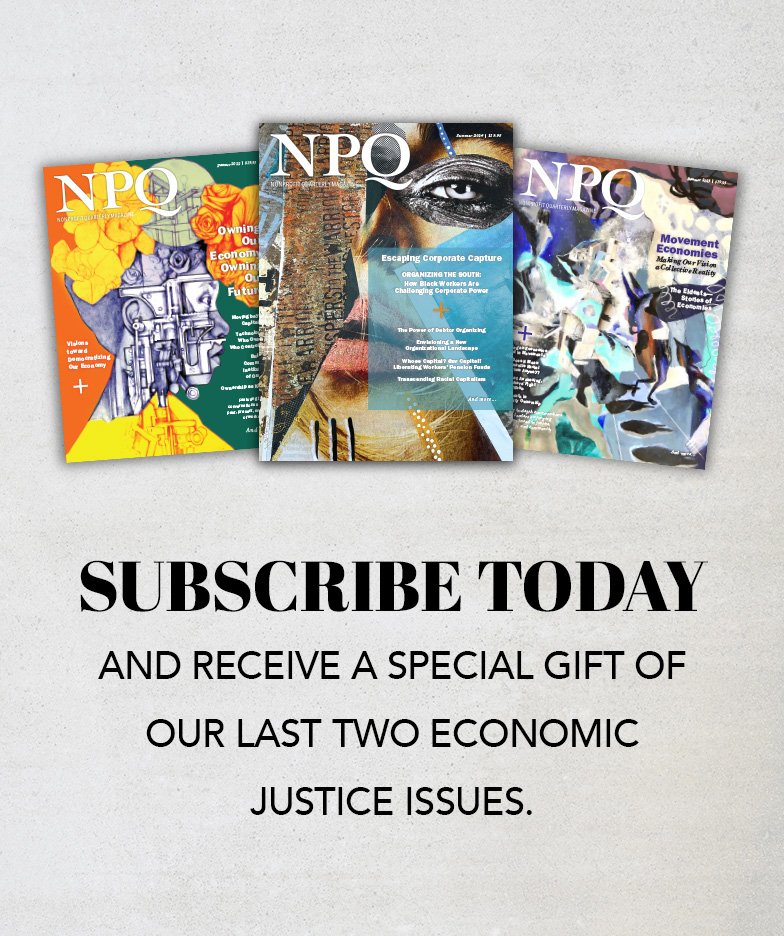
Managing risk is about managing choices.
Start with a classic dilemma. Every growing season, the farmer confronts a number of decisions—what crops to plant, how much to grow, whether to expand production. Absent information about the price she will get at harvest, the farmer’s options are constricted and she risks catastrophic losses to her farm if the price is below her baseline costs.
On the other side, a firm that processes and distributes food needs to buy from a number of farmers, but is concerned that the price at harvest will be too high to run the business. The uncertainty stunts growth and innovation, resulting in inaction. Status quo prevails.
Over centuries, farmers and buyers have worked out agreements using contracts and insurance products to manage risk and fix an acceptable level of variance on price and volume. Risk management tools distribute risk among multiple parties and promote win-win outcomes. Status quo is overcome. Deals get done. Innovation is possible.
In the nonprofit world, too often risk is precious in our rhetoric but neglected in professional practice. As a result, our grants mostly produce that with which we say we are most dissatisfied: the status quo.
At foundations where board members are determined to contribute to change, leadership can turn to new risk-management tools for guidance. The Commons—a task force organized by Open Road Alliance, Rockefeller Foundation and Arabella Advisors—has produced a set of tools with the overarching goal of encouraging funders to create a deliberate risk profile and integrate risk management best practices into their philanthropic practice. This first-of-its-kind toolkit includes practical steps that can be incorporated into use by both big or small foundations.
Outmaneuvering the Status Quo
Thomas Paine warned us of status quo’s power: “a long habit of not thinking a thing wrong, gives it a superficial appearance of being right, and raises at first a formidable outcry in defense of custom.”
In considering how risk management can help foundations overcome the status quo, we must disabuse ourselves of the idea that risk only matters when used as an adjective—risky—to signal unadvisable choices. As when public health experts explain that “risky sexual behavior” leads to unwanted pregnancies and sexually transmitted disease; to defy this caution is to dismiss science.
Risk management, on the other hand, is about harnessing all we know from science in order to improve our chance of realizing a desired future that is different from what we experience today. As financial historian Peter Bernstein explains in his history of risk, Against the Gods, we want our future to hinge on the choices we make, not on fate alone.
This calibration, where we determine what we’re willing to invest today against the chance of a future return, is where many foundations stumble. Financial controls and cultural norms within foundations already require careful attention to the allocation of time, money and reputation. But too often the criteria used to decide allocations fail to account for either the cost of the status quo or the price of change.
Sign up for our free newsletters
Subscribe to NPQ's newsletters to have our top stories delivered directly to your inbox.
By signing up, you agree to our privacy policy and terms of use, and to receive messages from NPQ and our partners.
Consider a persistent, costly problem such as prisoner recidivism. Foundations will routinely haggle with applicants over budget details and devote outsized attention to the absolute value of the immediate outlay of grant dollars. Yet foundations pay little attention to the costs that will be incurred if the status quo prevails—in this case, unchanged recidivism rates—producing grants that stand little chance of reversing complex trends. Status quo wins. Risk management tools will help foundations understand that the cost of status quo is far more than the amount of the grant funding itself.
A Case Study in Risk Management and Change: Quality Rated
To consider how funders may build the price of change into the strategy, consider Quality Rated, a public-private effort in Georgia designed to increase the supply of (and demand for) high quality child care. Quality Rated is built to encourage child-care centers to participate in a voluntary rating system—a Yelp for parents researching child-care—and millions of parents to seek out centers that receive higher ratings.
For years, Georgia child-care advocates couldn’t get anyone to take action. Child-care centers would not invest in improved quality. Parents selected child-care based on convenience and price, not quality. Traditional grantmaking failed to move the system off the status quo.
The genius behind philanthropy’s role in Quality Rated is that instead of funding the underlying service delivery, foundations are directing private investment to specific points in the system where status quo would otherwise thwart innovation. For example, foundations are helping to fund the bonuses that go to teachers at centers that improve upon their initial rating. For parents, foundations are helping to boost the reimbursement levels linked to the selection of higher-quality centers.
While it’s too early to tell if the new system will transform outcomes for children, we do know that the approach has accelerated risk taking and innovation, a necessary step toward the desired outcomes. As of October 2016, more than 2,800 of Georgia’s 4,960 licensed child-care centers had opted into the voluntary Quality Rated program—beating status quo.
Invest in Risk, Not Programs
The approach works because foundations do not have to fund the entire cost of the child-care programs in question. We are, in effect, underwriting risk, which can be viewed as the no-man’s-land in between status quo and action.
This approach is old news to community developers, who won’t move forward on a $1 million development if all they can raise from investors is $980,000. When this happens, society doesn’t get 98 percent of the benefit. We get zero. Which is why foundations often will fund the gap, using an investment equal to two percent of the overall deal to maximize the social impact and ensure the community realizes 100 percent of the benefit.
Over several centuries, as Bernstein describes, philosophers, tinkerers and mathematicians have “transformed probability theory from a gamblers’ toy into a powerful instrument for organizing, interpreting and applying information.”
To risk, he says, is to dare. Philanthropy must dare to outmaneuver status quo.










